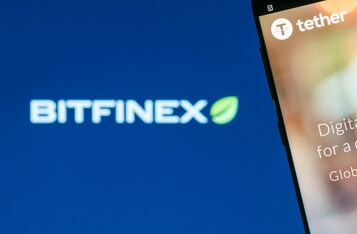Cronos (CRO) zkEVM to Reset Testnet for Enhanced Consistency
The blockchain platform Cronos (CRO) has announced a significant reset of its zkEVM testnet, scheduled for October 21, 2024. This initiative aims to align the testnet with the mainnet, ensuring long-term consistency, according to a statement by Cronos.
Purpose of the Reset
The reset comes in response to multiple substantial upgrades to the ZKsync code base used by Cronos zkEVM throughout 2024. While the mainnet has been kept up-to-date, the testnet has lagged behind. Resetting the testnet is seen as the best approach to ensuring complete synchronization between the two environments.
This move is expected to benefit developers by providing a consistent release sequence from the testnet to the mainnet, thereby enhancing their development processes.
Implications for Developers
Developers who regularly utilize the testnet should note the following changes:
- The testnet will start fresh, and prior states will not be preserved.
- The new testnet chain ID will be 240, replacing the current ID of 282.
- All endpoints and services will transition to the new testnet on October 21, 2024.
- Cronos zkEVM documentation will be updated to reflect these changes.
Technical Adjustments
Important technical details include:
- Public endpoints for JSON RPC and WebSocket will change to new URLs.
- The Developers Portal APIs and blockchain explorer will be updated accordingly.
- Developers using MetaMask must delete the old Cronos zkEVM testnet network and reconfigure it with the new chain ID.
- Real-time updates will be available via the developer channel on Discord.
Transition Period
A grace period from October 21 to November 4 will allow access to the 'old' testnet (chain ID: 282) through specific URLs. However, services for the old testnet will be completely discontinued on November 4, 2024.
These changes underscore Cronos' commitment to maintaining a robust and updated testing environment that mirrors its mainnet capabilities, ultimately fostering a more efficient development ecosystem.
Read More
Digital Asset Inflows Reach $2.2 Billion Amid US Election Optimism
Oct 22, 2024 0 Min Read
Linea Launches Creative Contests with 2.5 ETH Weekly Prizes
Oct 22, 2024 0 Min Read
Bitfinex Lists SCR Token, Enhancing Ethereum's Layer-2 Scaling
Oct 22, 2024 0 Min Read
ElevenLabs AI vs. OpenAI Realtime API: A Detailed Comparison
Oct 22, 2024 0 Min Read
AI Enhances Extreme Weather Forecasting Capabilities Up to 23 Days
Oct 22, 2024 0 Min Read




